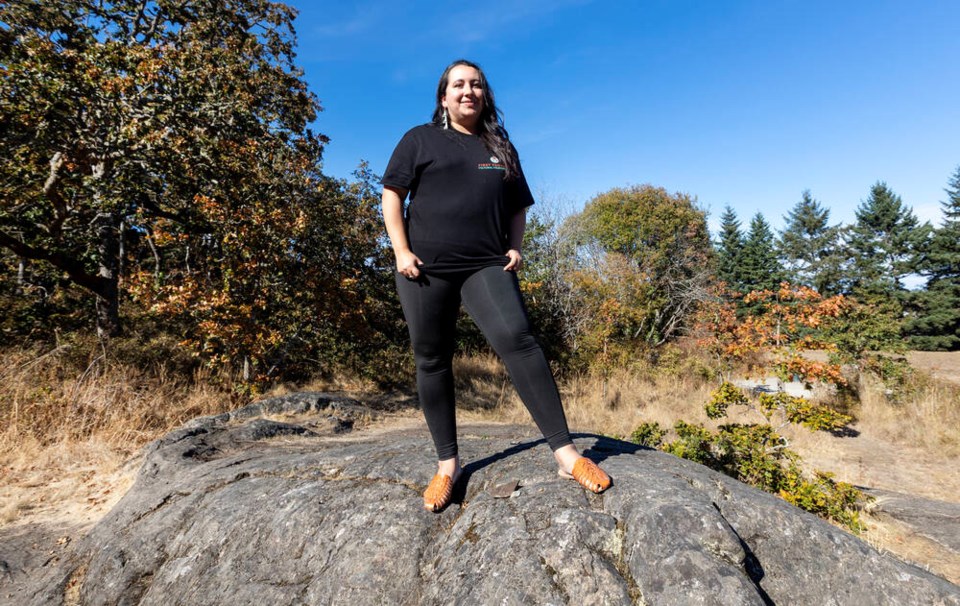One by one, tapes of First Nations languages spoken by some of the last fluent speakers are emerging from safekeeping, to be preserved — and shared.
“Language revitalization is a huge part of a journey to reconnect to one’s culture, land and family,” said Emily Cabrera, lead of partnership development at the First Peoples’ Cultural Foundation.
One by one, these tapes are being digitized and openly shared under FirstVoices, an online platform with a suite of tools and services that serve to promote Indigenous-led language archiving. The platform is hosted by the First Peoples’ Cultural Council.
The platform is hosted by the First Peoples’ Cultural Council, an Indigenous-led Crown agency. The foundation was created by the council as a non-profit and charitable society. The two entities partner to provide funding, programs and resources to communities and Indigenous organizations.
The recordings — on reel-to-reel, eight-track or cassette tapes — typically contain contain stories, songs, words or phrases narrated by elders or traditional knowledge keepers.
Many were made by elders who still had memories of a time in history when cultural artifacts were confiscated or destroyed by authorities during efforts to assimilate First Nations. To preserve the language, elders and traditional knowledge keepers made recordings so that they would be able to pass knowledge down to future generations.
“Depending on what we find, the digitization process can take up to a year,” said Cabrera, a member of the Ojibway of Fort William First Nation located in Thunder Bay, Ont. “Often, we need to go over what we find with someone with an understanding of the language.”
The project team responsible is kept busy in British Columbia.
“B.C. is the hot spot for First Nations indigenous languages in the country, with 35 language groups, representing half of all Indigenous languages,” Cabrera said.
The council also partners with communities to create their own sites within the portal. The community can create new recordings, with the repository taking the form of dictionaries, alphabets, songs, stories, words, phrases or videos.
“It is an community-led, open-source platform that is designed to be accessible and easy to navigate,” Cabrera said.
People browsing the platform can listen to sample words and phrases, use translation tools or play word games.
Within FirstVoices, each language is directed and administered by members of that language group. The community is responsible for loading the data — and determining how much they wish to share publicly.
Digital keyboards with First Nations characters have been created for some languages, making it easier for individuals to communicate in their language.
There are currently keyboards for Coast Salish and SENĆOŦEN languages, with work continuing on others.
But challenges remain. While the council offers a mentor-apprentice program to pair up speakers of some languages with those wishing to learn, they are not enough mentors to fill the demand.
“There is a real sense of urgency. The time is now to uplift the work of Indigenous communities seeking to reclaim and awaken their languages, arts and cultural heritage,” Cabrera said.
For more information, go to firstvoices.com



